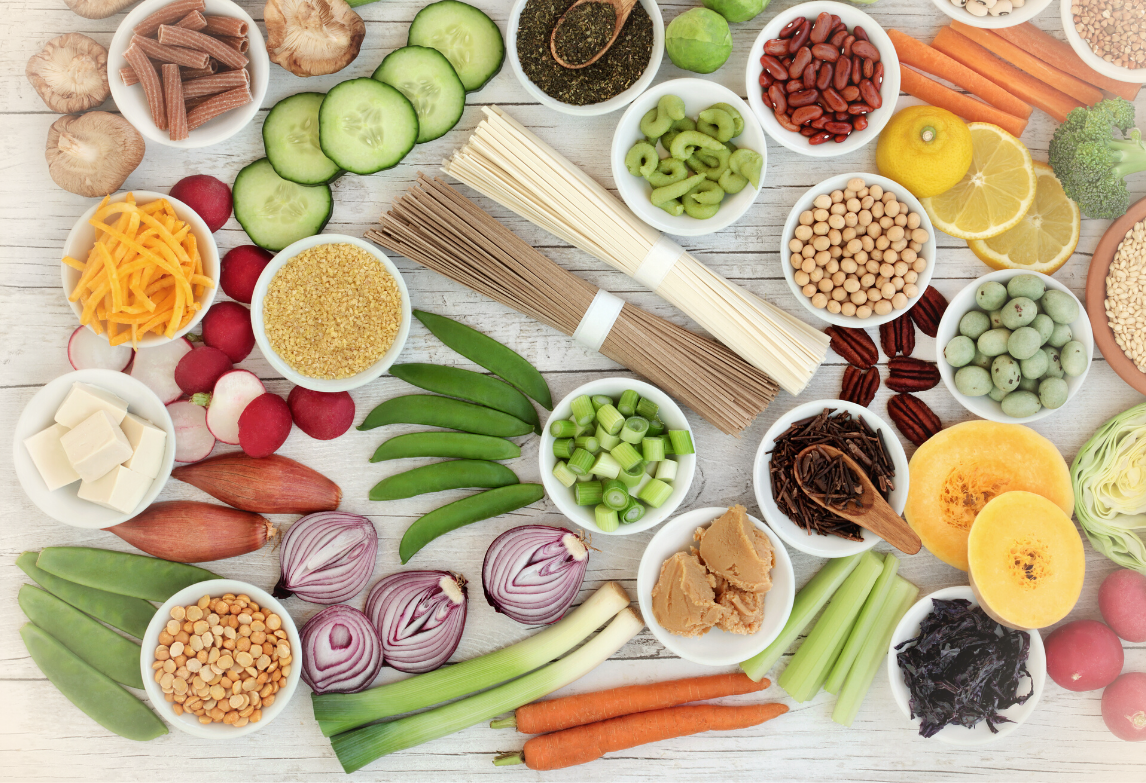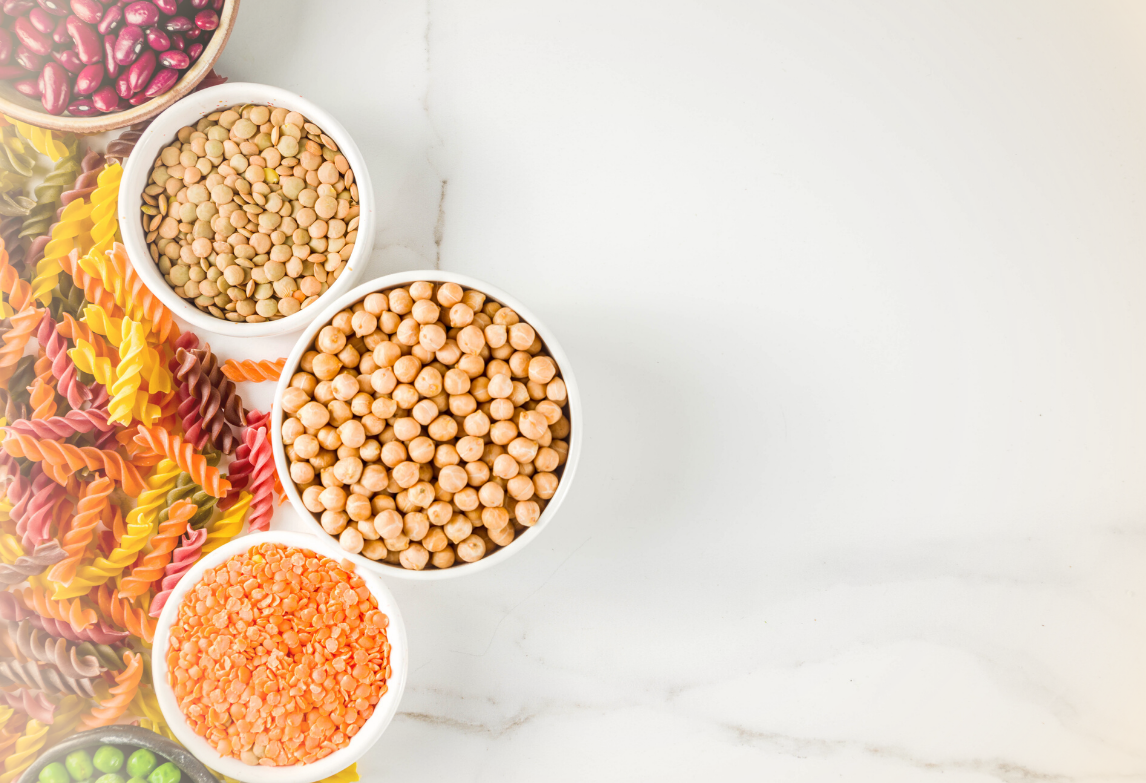When transitioning to a gluten-free diet, it’s easy to fall short of the daily recommended levels of fibre, which is a crucial part of a healthy diet. Unfortunately, eliminating whole grains also removes a lot of foods that are rich in fibre.
Those wheat-based whole grain foods are at the top of many lists of “healthy choices” for heart health and weight loss. They also lower the risk of chronic diseases like diabetes, cancer and inflammatory conditions.
However, eliminating most of the whole grains from your diet by switching to gluten-free foods doesn’t have to mean missing out on the all the health benefits of eating foods rich in fibre.
Getting enough fibre in your diet is an especially kind thing to do for a gut that requires particular care. Many of the worst symptoms of gluten intolerance and coeliac disease have to do with the digestive system, and fibre can help keep those symptoms under control, even after switching to a gluten-free diet.
Most adults need 14 grams of fibre for every 4000 kilojoules consumed per day. Here are a few food suggestions that will help you add fibre to a gluten-free diet.
Apples
This may seem to echo the cliché, “an apple a day.” These amazing powerhouse fruits offer about 5 grams of fibre each. For an extra fibre-packed snack, dip apple slices in almond butter. You’ll get an extra 3 grams of fibre in just two tablespoons.
Dark Chocolate
This delicious treat has a surprising 2 grams of fibre in every ounce. A tablespoon of cocoa powder offers the same amount of fibre.
Beans

Just one cup of cooked pinto beans, kidney beans or black beans has 20 grams of fibre. Cooked green peas have 13 grams per cup, and garbanzo beans have 12 grams per cup.
Finding a safe gluten-free source of beans can be tricky, though. Cross-contamination is an issue with many foods, and beans are frequent offenders. The cross-contamination happens in the fields where the beans grow, as farmers often plant wheat and barley side-by-side or rotate them with beans. Here are two suppliers that are more likely to be “safe,” but those very sensitive to trace gluten should proceed with caution.
- Nuts.com: Certified gluten-free by the GFCO (Gluten-Free Certification Organization), this company voluntarily undergoes testing to make sure their products have less than 10 parts per million of gluten.
- Edison Grainery: They process allergen-free foods in a separate facility from products containing gluten, dairy, egg, peanuts, shellfish, tree nuts, soybeans, fish and/or sesame. They also test every lot of beans by sending it to an independent lab to look for gluten levels higher than 5 parts per million.
Raspberries
At 8 grams per cup, raspberries can provide a sizable chunk of the daily recommended dose of fibre. Add yogurt and gluten-free cereal for a breakfast parfait, freeze whole raspberries for a cooling treat, or add to smoothies for extra flavor.
Artichokes
Just ½ cup of artichoke hearts offers 7 grams of fibre. They are great in salads or on gluten-free pizza. Depending on where you live and the season, whole artichokes can be difficult to find and expensive. Make it easier by buying a few cans of sliced artichoke hearts and keeping them in your pantry.
Fresh peas
When fresh peas are in season, they are an amazing addition to almost any meal. Offering 9 grams of fibre per cup, these tiny but mighty vegetables should be on your go-to side dish list.
Sweet potatoes
With between 4 and 6 grams of fibre per cup, sweet potatoes are another great option for a delicious side dish. Sweet potato fries are a wonderful treat. They are easy to make at home, which gives the food budget a break, as well.
Fibre is essential!
Gluten-free waffles, cereals, breads, pastas, and pizzas use low-fibre ingredients like potato starch and tapioca as substitutes for wheat ingredients. While it’s tempting to try to substitute your previous gluten-filled diet with like items, that kind of transition can result in a gluten-free diet that doesn’t include enough fibre.
Going gluten free presents an ideal opportunity to eat whole foods. You probably don’t have to carefully count fibre grams if you concentrate on eating green fruits and vegetables. Eating a wide variety of vegetables, fruits, seeds, and nuts will deliver the fibre your body needs without exposing you to gluten.
BY ENZYMEDICA
Enzymedica is a Florida based company that offers the highest-quality enzyme products possible. Today, as one of the global leaders in the industry, Enzymedica strives to ensure that their products are clean, sustainable and highly effective. Find out more about Enzymedica.







Leave a Reply
Want to join the discussion?Feel free to contribute!